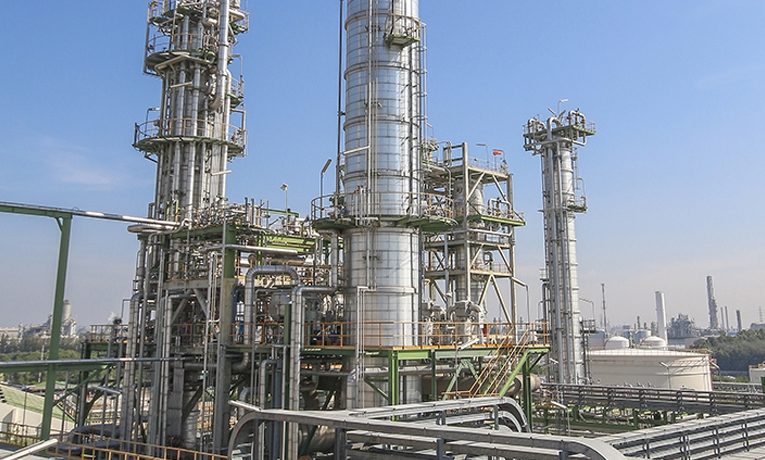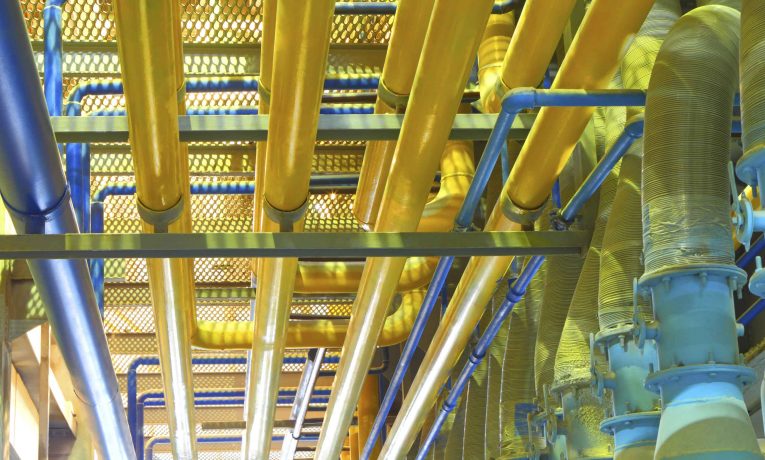What am I really spending? Where am I spending it? And, is there a difference between what first-quartile (Q1) and fourth-quartile (Q4) performers spend on labor, materials, and other items? These are some of the questions that we at Solomon are often asked by clients. Thanks to our RAM Study (the International Study of Plant Reliability and Maintenance Effectiveness), we can chart differences in what Q1 and Q4 performers spend on labor, materials, and indirect spending. The results are quite interesting. The following table shows what members of the different quartiles spend on routine maintenance.
The data in this table show, first and foremost, that Q1 performers spend less on materials than other quartiles for each dollar of labor spent on routine maintenance.
The reason for this is that Q1 performers focus on preventive and predictive maintenance, and, as a result, the labor they use for maintenance requires only a limited amount of materials.

Ratio of Material Spending to Routine and Turnaround Labor Spending
Secondly, because prevention and early detection are Q1 repair philosophies, if a repair is needed it is commonly detected early, frequently reducing the amount and cost of the material required.
Turnaround Spending
Q1 and Q4 differ in their turnaround spending to about the same degree as they differ in their routine maintenance spending. Somewhat surprisingly, though, Q2 and Q3 do not exhibit a linear increase in turnaround spending as one moves from Q1 down to Q4. The reason for this may be that Q2 performers are often focused on performance improvement and may therefore spend more on materials to enhance long-term reliability. And, while Q4 spending is at a level similar to that for Q2, Q4 spending is focused on repair of existing equipment and structures instead of improvement.
Total Capital Spending
The ratios of capital spending for Q1, Q2, and Q3 performers are similar. This indicates that all three groups are spending similar amounts of money on improving or replacing their equipment and systems. In contrast, Q4 performers spend more on materials than any of the other three quartiles, indicating that overall their assets are in poorer condition than those of other performers.
Spending Ratio Analysis on an Equipment Family Basis
The level of detail in our RAM Study allows us to examine spending ratios on an equipment family basis.

Routine and Turnaround Spending
Routine Material Spending as Compared to Routine Labor Spending
Not surprisingly, Q1 performers spend less on materials in all of the equipment families–whether rotating, fixed, or instrumentation and electrical (I&E). This is in part because Q1 performers carry out more preventative work, and when they do need to perform repairs they perform them in a more timely manner. In comparison, Q4 performers exhibit the highest ratio of material spending to labor spending in all equipment families. This is because they experience more equipment failures and therefore need to replace parts more often.
Annualized Turnaround Material Spending as Compared to Annualized Turnaround Labor Spending
Q1 performers are the most efficient spenders during turnarounds. They use this time to focus on targeted spending. They have significantly less downtime during non-turnaround times because they don’t have as great a need for material spending for fixed equipment as others. They usually have detailed long-term performance strategies, and they employ predictive maintenance techniques for inspection.

Total Capital Spending
The result is that they have low failure rates for fixed equipment. They focus their material spending on rotating and I&E equipment to ensure that these equipment families operate at high levels until the next turnaround.
Conversely, without the guidance of long-term performance strategies and predictive maintenance techniques, Q2, Q3, and Q4 performers are forced to focus on fixed equipment during turnarounds.
Though Q1 performers spend less on rotating equipment than do Q2 and Q3 performers, they spend more on this equipment than do Q4 performers. With regard to fixed equipment, Q4 spending is the highest and Q2 is the lowest. And lastly, Q1 spending on I&E equipment is similar to that of Q2 performers but higher than that of Q3 and Q4 performers.

Indirect Spending/Maintenance Labor Spending
The reasons for these results are fairly straightforward. Capital spending is the result of need and affordability. As indicated by the data on turnaround and non-turnaround performance, Q1 spending is targeted, it is based on reliability, and it delivers desired results. Conversely, the spending of Q2 through Q4 performers tends to be more cost-focused and repair-based. As a result, these other organizations do not achieve Q1 levels of performance.
Indirect Spending as Compared to Routine Labor Spending
The ratio of indirect to routine labor maintenance spending is about the same across all performers. Nevertheless, the effectiveness of that spending differs across the quartiles. We’ve reached that conclusion because other study data indicate that the ratio of the number of supervisors to hours worked on an asset basis is higher for Q1 organizations than for others. Q1 organizations also do more planning and scheduling than other organizations. These facts imply that even though indirect spending for Q1 organizations is about the same as that for others, Q1 organizations’ processes, procedures, and staffing have a greater effect and impact.
Indirect Spending as Compared to Turnaround Labor Spending
Our results indicate that Q1 performers have the lowest level of indirect spending. In addition, Q4 spending in this area is similar to that of Q1. But in terms of labor dollars, Q1 and Q4’s levels of indirect spending are much lower than those of Q2 and Q3. We already know that Q1 turnarounds are the most efficient in terms of spending and duration; Q1’s low indirect spending numbers therefore indicate that their streamlined turnaround methodology requires less indirect spending than that of Q2 and Q3 performers.
With the understanding that Q4’s turnaround performance is the poorest, it stands to reason that their low amount of indirect spending compared to their labor spending is the result of a lack of staffing and of a clear methodology. Q2 and Q3 may require more indirect spending because their turnaround methodologies are in their developmental stages.
Indirect Spending as Compared to Capital Spending
Capital labor indirect spending is relatively similar across all quartiles, with the exception that annualized turnaround capital is significantly higher for Q1 performers than for others. This could be explained by the fact that Q1 organizations traditionally invest in the pre-planning of capital turnaround work to ensure it does not interfere with routine turnaround work. This is something the others quartiles are not likely to do.
Summary
With their focus on continuous reliability and long-term viability, Q1 organizations are likely to experience lower spending. In addition, they ensure they’re properly staffed and utilize stringent work procedures to maintain high-level performance. Unlike quartiles Q2 through Q4, Q1’s spending is targeted and delivers high impact, which usually results in lower overall spending. The end result is that the long-term focus of Q1 performers allows them to use both their turnaround and their capital spending to improve targeted assets to their advantage.

.jpg)







.jpg)
-updated.jpg)
-updated.jpg)
.jpg)
.jpg)
-updated.jpg)
-updated.jpg)
.jpg)
.jpg)
.jpg)


.jpg)
.jpg)
.jpg)
.jpg)
.jpg)
.jpg)
.jpg)
.jpg)
.jpg)
.jpg)
.jpg)
.jpg)
.jpg)
.jpg)